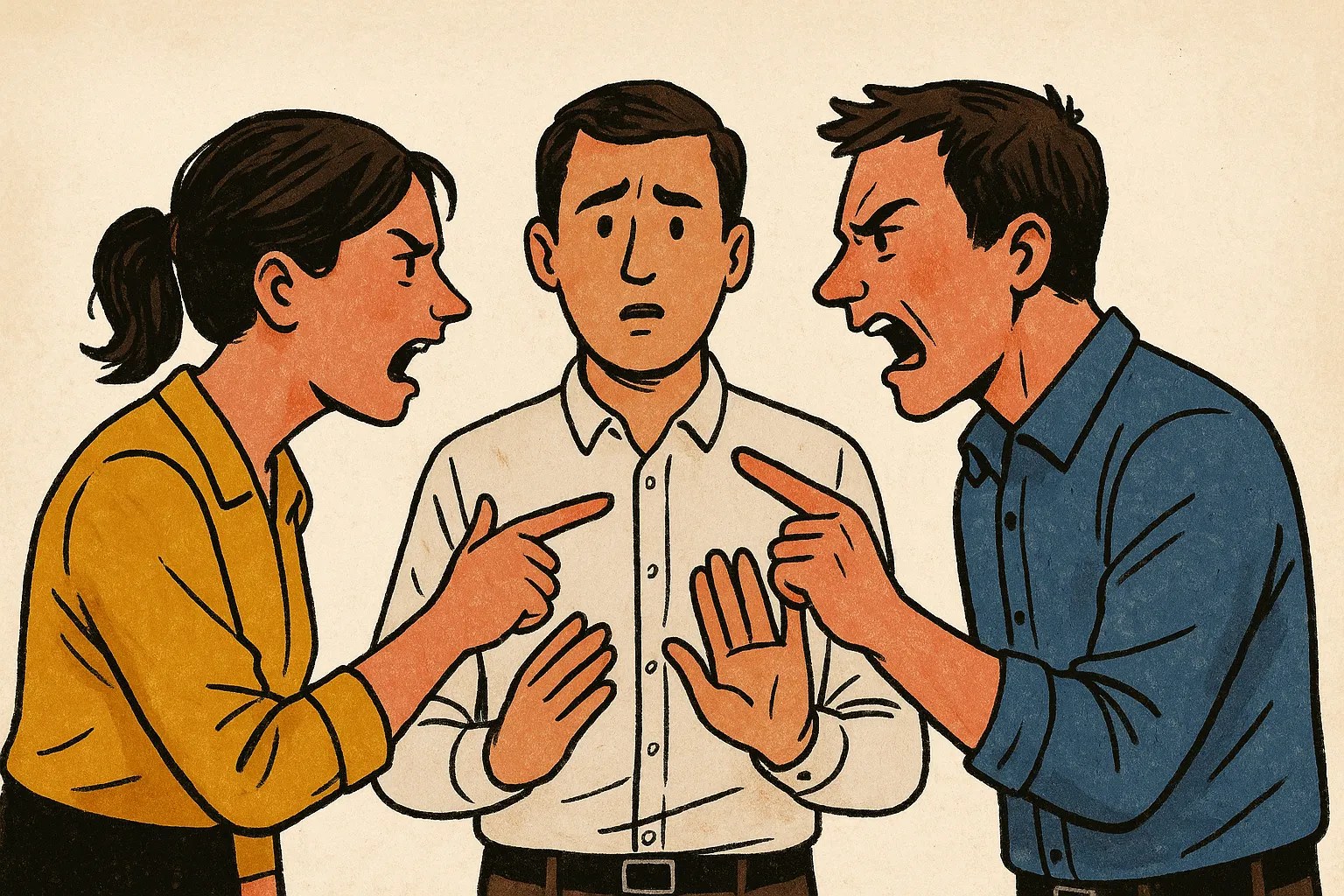There’s an old story about a General Motors board meeting where Alfred P. Sloan stopped the vote mid‑celebration. Everyone had agreed too fast. He looked around the table and said:
“Gentlemen, I take it we are all in complete agreement on the decision here… then I propose we postpone further discussion until our next meeting, to give ourselves time to develop disagreement and perhaps gain some understanding of what the decision is all about.”
That story has always stuck with me. Sloan wasn’t chasing conflict for sport, he was chasing truth. He knew that when smart people stop disagreeing, they stop thinking.
The Comfort Trap
I’ve been in those rooms too. Everyone polite, everyone nodding, the meeting ending early because it “feels aligned.” Then a few weeks later, the cracks show up in production, and suddenly everyone remembers what they didn’t say.
Psychological safety isn’t about keeping everyone comfortable. It’s about keeping everyone honest. Comfort is quiet. Safety is candid. If your culture prizes harmony over honesty, you’ll get compliance, not creativity.
Amy Edmondson’s research on psychological safety, along with Charlan Nemeth’s work on dissent and decision-making, backs this up. Teams that leave room for dissent catch mistakes earlier and make choices that actually stand up under pressure. Agreement isn’t the goal. Understanding is.
Dissent as a Diagnostic
Disagreement is a stress test for ideas. It’s how you find out if a system, a strategy, or a story actually holds up. Code reviews do this for software, dissent does it for leadership.
On strong teams, pushback means people care. They’re invested enough to challenge the idea instead of silently watching it fail. The best conversations leave everyone a little smarter than when they started.
I’ve watched architecture reviews catch fundamental flaws that would’ve cost months to unwind. The junior engineer who asked “but what if the cache fails?” saved us from a production disaster. Moments like that remind me that dissent, when it’s done with curiosity and respect, is the cheapest form of risk management a team can have.
What Healthy Dissent Looks Like
Good dissent doesn’t sound like shouting matches or endless debates. It sounds like curiosity. It’s data‑driven, time‑boxed, and rooted in respect.
- A clear rationale: “I disagree because…,” followed by evidence, examples, or risks.
- Raised early, not after a decision ships.
- A humble entry point: “Here’s another way to look at it.”
- A willingness to change your mind when the facts do.
- A rotating cast of voices, not the same loud ones every time.
- Closure. Everyone knows what was considered and why the decision landed where it did.
The Trap of Compromise
Compromise can look like collaboration, but sometimes it’s just fear wearing a friendly face. When we try to please everyone, we water down conviction. Two strong ideas blended into a safe middle often produce something forgettable.
Healthy teams don’t split the difference. They argue until the best idea wins. Compromise feels calm, but dissent makes progress.
Leading for Productive Friction
Leaders have to make dissent safe and useful. That starts with their own behavior.
Signal it. Ask “What are we missing?” and mean it. Thank people who challenge you in public. Show that pushback is a feature, not a bug.
Structure it. Run premortems. Rotate a devil’s‑advocate role. Collect written opinions before meetings so introverts aren’t drowned out. Keep a short decision log showing what was argued and what changed.
Design the debate. Define what’s being decided. Keep it time‑bound. Step in fast when it turns personal. Close the loop by explaining what you learned and how it shaped the outcome.
Protect dissenters. Reward the ones who speak up with courage and care. If your team sees that truth‑telling is a career‑limiting move, they’ll stop telling you the truth.
Back to Sloan’s Lesson
Sloan delayed a unanimous decision because it was too easy. That’s the mark of a great leader. He understood that disagreement is doesn’t weaken unity, but builds it.
The goal shouldn’t be to agree faster. The goal should be to argue better.
